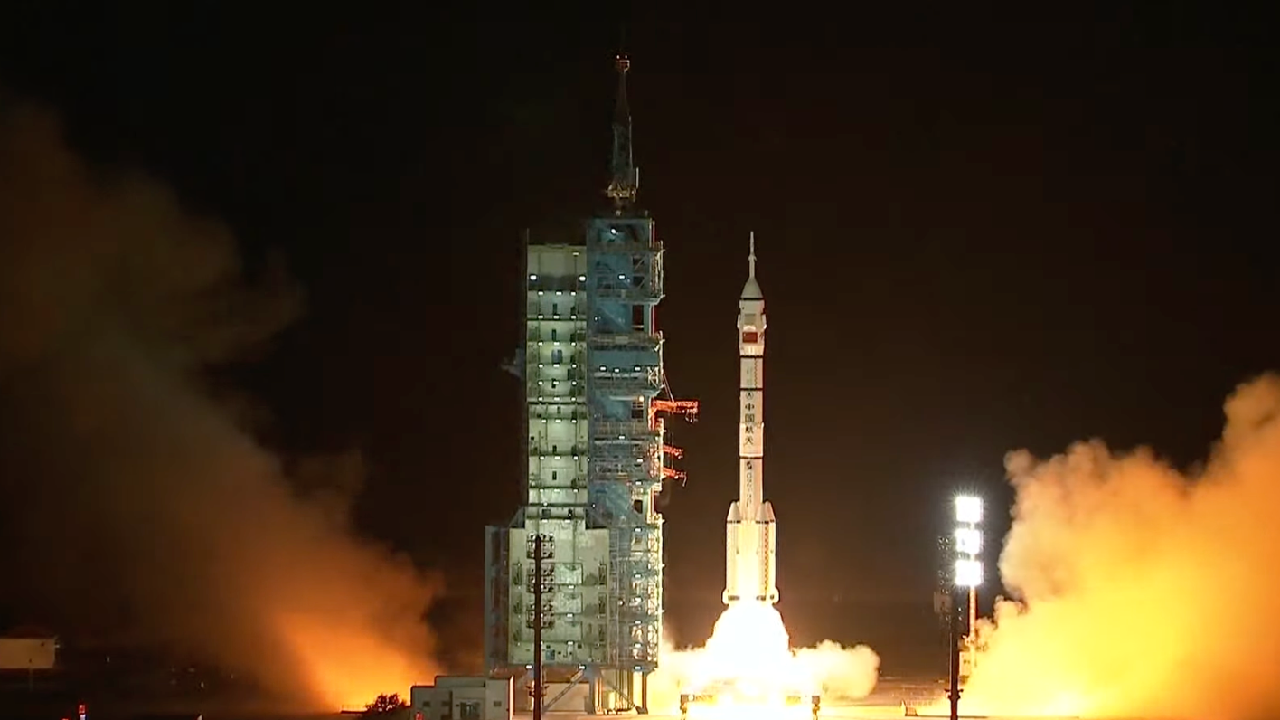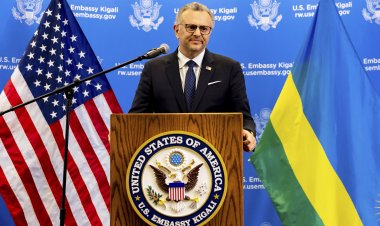China successfully sends off Shenzhou-19 crewed spaceship
China successfully launched its Shenzhou-19 manned spacecraft at 4:27 a.m. on Wednesday, using a Long March-2F carrier rocket from the Jiuquan Satellite Launch Center in northwest China.

Approximately 10 minutes post-launch, the spacecraft successfully separated from the rocket and entered its designated orbit. The crew aboard Shenzhou-19 is reported to be in good health.
"The launch of the Shenzhou-19 crewed spaceship is a complete success," stated the China Manned Space Agency.
In about 6.5 hours following the launch, the spacecraft is expected to perform a rapid automated rendezvous and dock with the forward port of Tianhe, the core module of the Chinese Space Station, achieving a configuration of three modules and three spacecraft.
The three taikonauts aboard—Cai Xuzhe, Song Lingdong, and Wang Haoze—will enter the core module to meet the crew from Shenzhou-18. They will participate in an in-orbit rotation with their colleagues and remain at the space station for approximately six months. During their mission, they will witness the arrival of the Tianzhou-8 cargo craft and the Shenzhou-20 crewed spacecraft.
Mission commander Cai previously participated in the Shenzhou-14 mission in 2022, while this will be the first spaceflight experience for both taikonauts Song and Wang.
Wang has a background as a senior engineer at the Academy of Aerospace Propulsion Technology within the China Aerospace Science and Technology Corporation and stands as China's only female spaceflight engineer and the third Chinese woman to take part in a crewed spaceflight. Song is a former air force pilot.
The taikonauts will engage in a variety of activities, including space science and application tests, extravehicular activities, the installation of protective measures against space debris, and the setup and recycling of extravehicular payloads and equipment. They will also participate in science education, public welfare initiatives, and various payload experiments.
A total of 86 research studies and technological experiments will be conducted, spanning fields such as space life science, microgravity physics, materials science, space medicine, and innovative space technologies.
Their return to the Dongfeng landing site in Inner Mongolia Autonomous Region is anticipated for either late April or early May 2025.
The Shenzhou-19 mission represents the fourth crewed mission in the application and development phase of China's space station and is the 33rd mission within the country's manned space program.
For additional insights, visit our exclusive content on CN Now and subscribe to our weekly newsletter, The China Report.
Ian Smith contributed to this report for TROIB News
Discover more Science and Technology news updates in TROIB Sci-Tech












